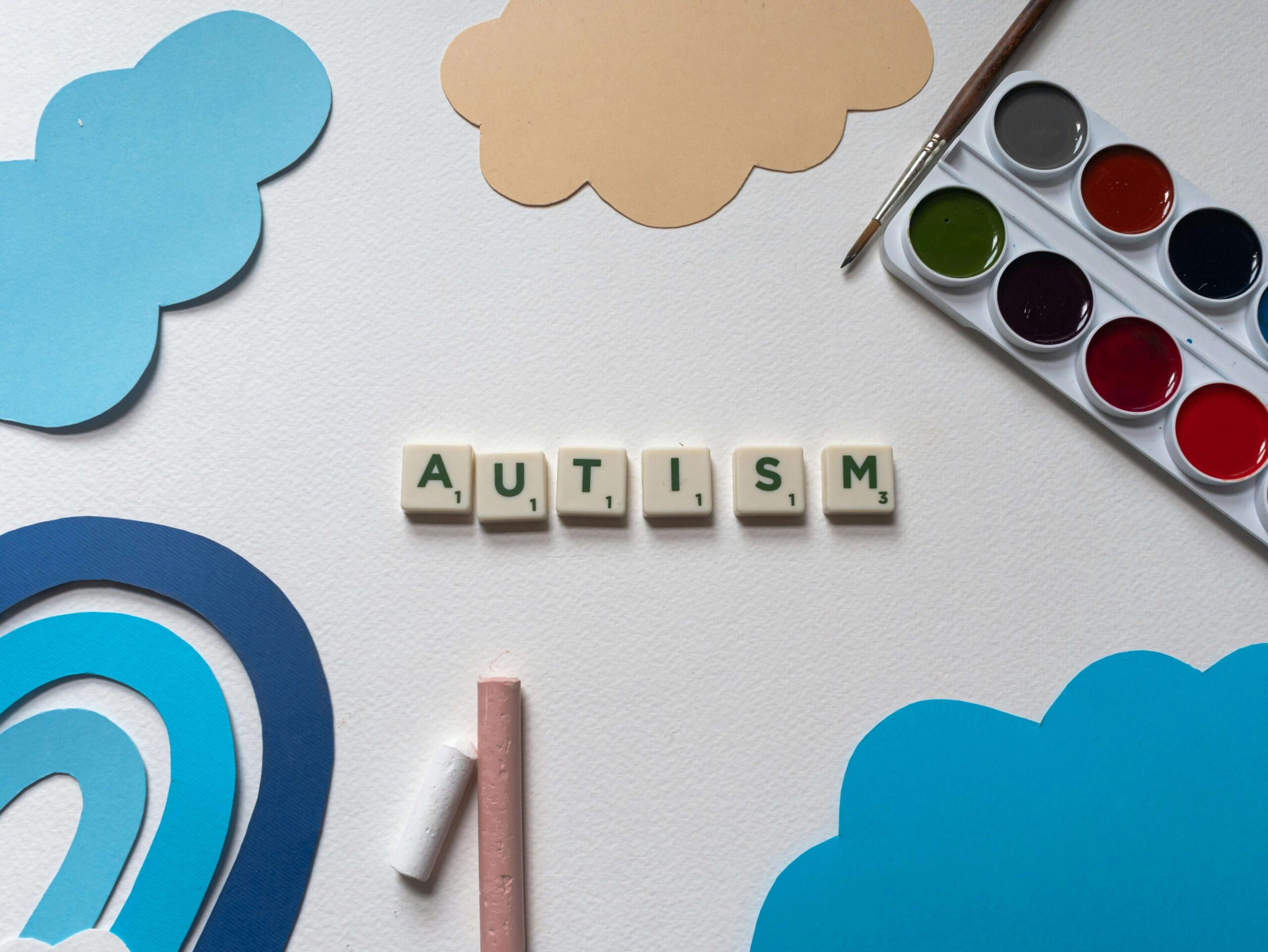With 9 years of experience in the kitchen, I’m passionate about crafting delicious recipes and sharing them with food lovers worldwide. 🍽️✨ Whether it’s a comforting homemade dish or a creative cocktail, my goal is to make cooking fun, easy, and enjoyable for everyone. Join me on this flavorful journey! 🍹🥗

Autism Spectrum Awareness: 10 Key Facts to Foster Inclusion
Autism Spectrum Awareness: 10 Key Facts to Foster Inclusion
Understanding autism spectrum awareness is more critical than ever in fostering inclusive and supportive communities. Autism Spectrum Disorder (ASD) affects millions worldwide, and increasing awareness can lead to better understanding, acceptance, and support for individuals with autism. This guide provides essential facts and actionable insights to help you promote neurodiversity and make a meaningful difference.
What is Autism Awareness?
Autism Spectrum Disorder (ASD) is a complex neurodevelopmental condition that affects how a person interacts with the world, communicates, learns, and behaves. The term “spectrum” highlights the wide range of symptoms, skills, and levels of impairment that individuals with autism can experience. Promoting autism awareness means recognizing and respecting these differences.
For more insights on neurodiversity, check out our Neurodiversity Resources page.
Why Understanding Autism Matters
Every community, organization, and individual benefits from a deep understanding of autism awareness. Here’s why:
- Promotes Inclusion: Increased awareness helps create more inclusive environments where individuals with autism feel valued and respected.
- Reduces Stigma: By understanding autism, we can challenge misconceptions and reduce the stigma associated with the condition.
- Enhances Support: Greater awareness leads to better support systems and resources for individuals with autism and their families.
- Improves Communication: Understanding different communication styles can improve interactions and relationships with individuals with autism.
- Fosters Empathy: Learning about the experiences of people with autism promotes empathy and understanding.
Learn more about our commitment to community support on our About Us page.
Core Components of a Successful Awareness Strategy
A successful strategy for promoting autism awareness involves several key components:
Understanding Key Concepts Related to Autism
Familiarize yourself with terms like neurodiversity, sensory sensitivities, and communication differences. Research reliable sources like the Autism Speaks website to gain a deeper understanding.
Essential Information About Autism
Providing accessible and accurate information about autism is crucial. This includes:
- Definition of Autism: Clearly explain what autism spectrum disorder is and how it affects individuals.
- Common Characteristics: Describe common traits and behaviors associated with autism, such as repetitive behaviors, sensory sensitivities, and social communication challenges.
- Variability of Symptoms: Emphasize that autism is a spectrum disorder and symptoms can vary widely from person to person.
- Importance of Early Diagnosis: Highlight the benefits of early diagnosis and intervention for individuals with autism.
Implementing Strategies for Accessibility and Inclusion
Consider these actions to enhance the lives of people with autism:
- Creating Sensory-Friendly Environments: Adjusting environments to minimize sensory overload, such as reducing noise and bright lights.
- Promoting Clear Communication: Using clear and concise language, visual aids, and alternative communication methods.
- Providing Social Stories: Using social stories to help individuals with autism understand social situations and expectations.
- Offering Support Groups: Connecting individuals with autism and their families with support groups and resources.
Extending Awareness Beyond Your Immediate Circle
Engage with the broader community by:
- Sharing Information on Social Media: Sharing articles, resources, and personal stories related to autism on social media platforms.
- Participating in Autism Awareness Events: Attending and supporting local autism awareness events and fundraisers.
- Advocating for Policies: Supporting policies that promote the rights and inclusion of individuals with autism.
- Educating Others: Talking to friends, family, and colleagues about autism spectrum disorder and addressing misconceptions.
We offer services to help you better understand and support individuals with autism.
Building Your Custom Awareness Strategy
Every community is unique, so a one-size-fits-all approach to autism awareness won’t work. Building a custom strategy involves:
Assessing Current Levels of Awareness
Before implementing any strategies, assess the current level of autism awareness in your community or organization. Identify areas where awareness is lacking and where improvements can be made.
Setting Specific and Measurable Goals
Establish specific and measurable goals for your autism awareness strategy. For example, you might aim to increase the number of people who can accurately define autism or increase participation in autism support groups.
Learning from Other Awareness Initiatives
Research other organizations and initiatives that are successfully promoting autism awareness. Learn from their strategies and adapt them to fit your community’s needs. The National Autistic Society is a great resource: National Autistic Society.
Allocating Resources for Awareness Initiatives
Allocate resources, such as time, funding, and personnel, to support your autism awareness initiatives. This may involve training staff, developing educational materials, or organizing events.
Measuring the Success of Your Awareness Initiatives
The success of autism awareness efforts needs to be tracked and evaluated.
Key Indicators of Increased Awareness
Identify key metrics to track the success of your autism awareness efforts. These may include:
- Increased Awareness: Measure the number of people who are aware of autism spectrum disorder and its characteristics.
- Reduced Stigma: Track changes in attitudes and beliefs about autism over time.
- Improved Support: Assess the availability and accessibility of support services for individuals with autism and their families.
- Enhanced Inclusion: Measure the extent to which individuals with autism are included in community activities and opportunities.
Tools for Gathering Data on Awareness
Use surveys, focus groups, and interviews to gather data on autism awareness in your community. Analyze the data to identify areas where progress is being made and where further efforts are needed.
Adapting Your Approach Based on Feedback and Results
Based on the data you collect, adjust your autism awareness strategy as needed. Refine your messaging, target your efforts more effectively, and implement new initiatives to address emerging needs.
Common Pitfalls in Promoting Autism Awareness
Avoid common mistakes when promoting autism awareness:
- Using Stereotypes: Avoid perpetuating stereotypes about autism and focus on individual strengths and abilities.
- Assuming Homogeneity: Recognize that autism is a spectrum disorder and individuals with autism have diverse experiences and needs.
- Focusing on Deficits: Emphasize the strengths and abilities of individuals with autism, rather than focusing solely on their challenges.
- Using Jargon: Avoid using technical jargon or complex language that may be difficult for people to understand.
Future-Proofing Your Awareness Efforts
To ensure your autism awareness efforts remain effective in the long term:
- Stay Informed: Keep up-to-date on the latest research and best practices in autism spectrum disorder.
- Engage with the Autism Community: Partner with individuals with autism and their families to ensure your efforts are relevant and meaningful.
- Embrace Innovation: Explore new technologies and approaches to promote autism awareness and support.
- Promote Lifelong Learning: Encourage ongoing education and training for professionals and community members who work with individuals with autism.
Expert Tips for Amplifying Your Message
Take your efforts to the next level with these expert tips:
- Partner with Influencers: Collaborate with influencers and celebrities who are passionate about autism awareness.
- Create Engaging Content: Develop engaging content, such as videos, infographics, and personal stories, to reach a wider audience.
- Leverage Social Media: Use social media platforms to share information, promote events, and connect with the autism community.
- Build Strategic Partnerships: Collaborate with other organizations and businesses to expand your reach and impact.
Contact us on our Contact Page to explore partnership opportunities.




